June 3, 2025 | 00:18 GMT +7
June 3, 2025 | 00:18 GMT +7
Hotline: 0913.378.918
June 3, 2025 | 00:18 GMT +7
Hotline: 0913.378.918
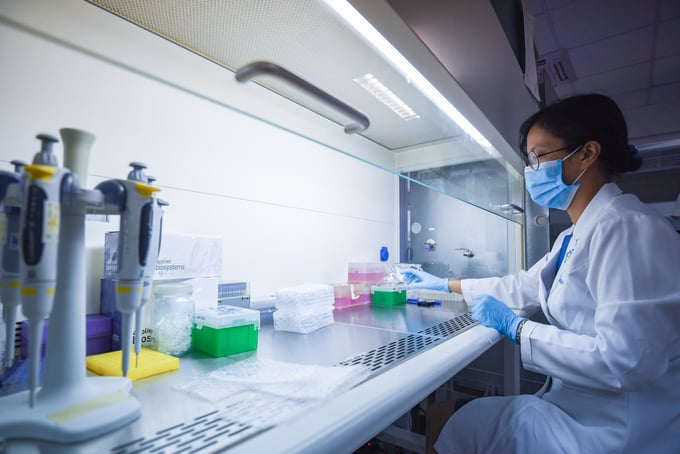
Science, technology, and innovation are crucial foundational tools in circular agriculture. Photo: Tung Dinh.
The project asserts that the effective use of resources, the enhancement of added value, the protection of the environment, the creation of employment, and the promotion of green, responsible, and sustainable agricultural development are all facilitated by the development of a circular economy in agriculture (or circular agriculture).
At present, science, technology, and innovation are critical foundational tools in circular agriculture (CA), aiding in the implementation of the Sustainable Agricultural and Rural Development Strategy for the years 2021– 2030, vision to 2050.
Prioritizing investment in research and development, technology transfer, and promoting the application of sustainable, advanced, resource-saving production processes, recycling, reuse of by-products, biodiversity conservation, greenhouse gas emission reduction, and environmental protection are strategic goals of scientific and technological programs at all levels, from central to local.
Therefore, it is necessary to focus on issuing mechanisms and policies to encourage, incentivize, and facilitate the development of CA; expanding and promoting effective and region-specific CA models based on practical experiences and attracting resources from the domestic and foreign private sectors.
Furthermore, it is imperative to establish sustainable CA that is linked to the conservation and development of local specialty products, leveraging regional and local advantages, and is associated with the awareness, responsibility, and proactiveness of the entire society toward the community and the environment.
Based on the aforementioned perspectives, the objective of the project is to develop a circular economy in agriculture by promoting scientific research, application, and transfer of technical and advanced technological advancements to enhance the efficiency of resource use in agriculture, increase the value of agricultural products, raise the rate of agricultural by-products being reused and recycled, protect the environment, create jobs, and promote the transition to green, low-emission agriculture.
To be more precise, by 2030, a minimum of 20% of the scientific and technological tasks in the agricultural sector will be researched, applied, and transferred to facilitate the development of a circular economy in agriculture. Key agricultural, forestry, and fishery products will experience a 0.5% to 1% decrease in post-harvest losses annually.
In the field of crop production, 50% of by-products from critical items will be processed and recycled or recycled, while 80% of straw will be collected and reused through the use of appropriate technology.
In livestock farming, 60% of households and 100% of farms will implement technologies and methods for managing livestock waste, which will be recycled.
Aquaculture farms will treat and reuse 50% of their sediment and 50% of their effluent, while shrimp and pangasius processing industries will treat and reuse 100% of their by-products using appropriate technology.
In the production of biofuels or wood products, such as artificial wood panels, 50% of the by-products from wood harvesting and processing in forestry will be utilized.
The development, completion, and implementation of management processes for waste use and recycling, as well as the reuse of by-products for critical items, will be conducted.
The processes of handling and recycling waste and by-products for key agricultural products will be taught to 100% of agricultural extension officers and community agricultural extension groups.
In agriculture, waste management processes, recycling and utilization of by-products, and technologies for waste treatment and by-product recycling will be accessible to 80% of farms and 50% of cooperatives.
The added value of the agricultural product chain will be increased by a minimum of 20% through the implementation of circular economy technology in farms, cooperatives, and enterprises.
The project delineates six categories of duties and solutions to accomplish the specified objectives, including: Concentrate on the advancement and implementation of advanced production processes, technical advancements, and science and technology to facilitate circular agriculture.
Facilitate the transmission of technology to promote the development of circular agriculture.
Create markets for circular agricultural products.
Establish and enhance the framework of legal documents, mechanisms, and policies to facilitate the advancement of the circular economy in agriculture. This encompasses the improvement of international collaboration in the field of circular agriculture.
Implement communication strategies to increase awareness and the ability to foster the development of a circular economy in agriculture.
The project's funding sources are as dictated by law: the State budget (for development investment and regular expenditures), sponsorships, aid, and other lawfully mobilized resources from organizations and individuals within and outside the country.
The Ministry of Agriculture and Rural Development (MARD) has been tasked by the Prime Minister with the responsibility of leading the project's implementation, collaborating with a variety of ministries, sectors, provincial and municipal People's Committees, and relevant agencies. Furthermore, MARD will provide guidance, supervision, monitoring, inspection, and evaluation of the implementation results on an annual basis, as well as during the 2024-2025 and 2026-2030 periods. MARD will propose and recommend adjustments to the project to the Prime Minister in accordance with practical conditions, based on the results.
Translated by Linh Linh
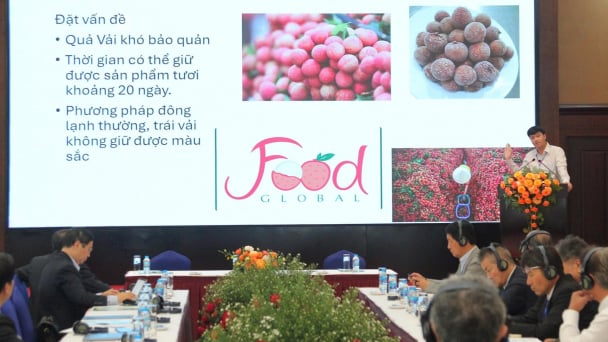
(VAN) VAAS and numerous Vietnamese enterprises have signed cooperation agreements with Japanese partners to promote agricultural technology and trade connectivity.
/2025/05/29/5625-12-214801_567.jpg)
(VAN) Provincial mergers in the Mekong Delta promise to streamline administration, expand inter-provincial raw material areas, and foster close linkages in agricultural value chains, benefiting both businesses and cooperatives.
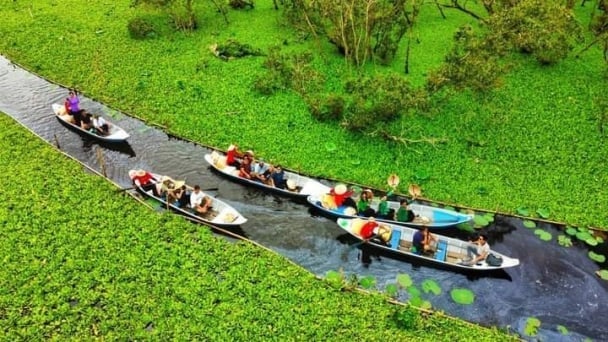
(VAN) Merging Mekong Delta provinces contributes to the expansion of agricultural raw material areas, addressing previous constraints caused by provincial boundaries. Additionally, this expansion will reduce costs and strengthen linkages between businesses, cooperatives, and farmers.
/2025/05/29/1043-2-153730_145.jpg)
(VAN) The Government's policy to merge provincial-level administrative units opens up major opportunities for the Mekong Delta region to reshape its agricultural development strategy toward large-scale production, effective regional linkages, and sustainability.
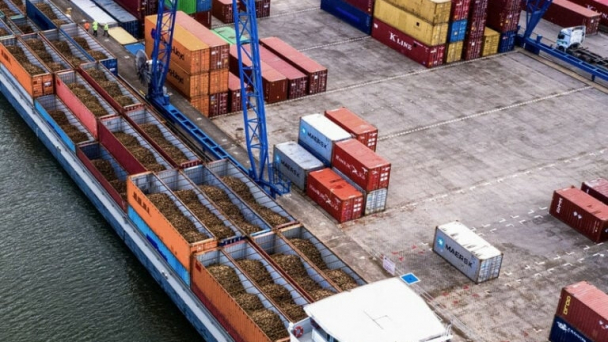
(VAN) The mutual export of agrifood products between the European Union (EU) and the United Kingdom (UK) must occur again without certification, border controls or other red tape. This was agreed at the UK-EU summit.
/2025/05/22/5121-2-173645_677.jpg)
(VAN) NBSAP Tracker identifies strengths and areas for improvement in the National Biodiversity Strategy, based on each region’s priorities and capacities.
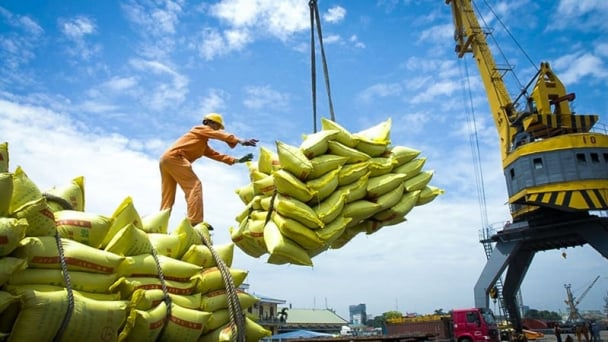
(VAN) The draft amendment to the Circular on rice export trading stipulates a periodic reporting regime for rice exporting enterprises.